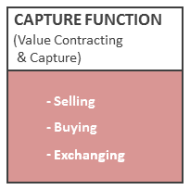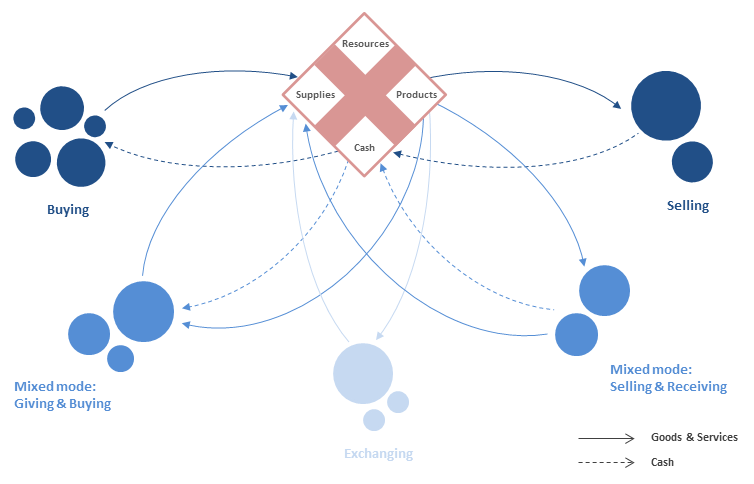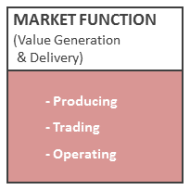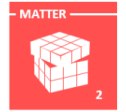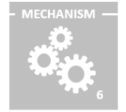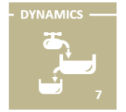Your Company Is Like An Animal. Maybe Just Not The Way You Thought...
 Monday, April 27, 2015 at 9:54PM
Monday, April 27, 2015 at 9:54PM What is the purpose of any organization?
- Earn money? If it was so, many startups that are considered by everybody as very successful should be seen as failures.
- Deliver value? It may be the case for some NGOs, but it is very seldom the case of for-profit businesses.
So, we are stuck in a strange situation: most definitions of Business Models consider that a business is about delivering value and capturing value. This is reflected in many Strategy frameworks: businesses are about delivering products & services and getting cash in return… the difference being the holly “margin”. But as we just saw, those functions do not seem to be what actually matters most!
In the realm of my Bm² Framework, I call those two functions the Market Function and the Capture Function. The truth is that there is a third Business Function. It is often neglected, or at best not considered as a fundamental function of an organization. I call it the Industry Function.
The Industry Function is about one thing: managing the resources of the organization. It is what will make the company thrive inside its industry, and actually gain value.
So, what are we talking about, with the Industry Function?
It can make sense to compare a company with a living organism. Let’s say an elephant. As a system living in an environment (including other living organisms), and exchanging with it, the elephant has to behave in certain ways, provide services to other elephants, take care of the young ones, eat food etc. In a sense, it is delivering and capturing value.
But the most important is elsewhere: it is about growing, strengthening and sustaining its own body, mostly through internal processes.
In the same way, any business needs to focus on its body: its set of resources.
There are only 3 modes available to take care of your business’ resources:
- Building mode: having new resources to be used during the current or future phase,
- Improving mode: having better resources available for business operations,
- Preserving mode: securing resources against risks and ensuring they last in time.

The comparison with living organisms goes further. The Industry Function is fundamental for the life and evolution of a company in several ways:
- as an "autopoiesis" function, aiming at producing or reproducing the very elements it is made of,
- as a "growth" function, aiming at providing the necessary infrastructure to increase its activity,
- as a "mutation" function, aiming at preparing or supporting internal changes,
- as a "defense" function, against internal or external threats,
- as an "adaptation" function, aiming at reacting to external changes,
- as an "exploration" function, aiming at testing new patterns.
So let’s just illustrate that with a few examples:
- Starbucks, when opening new shops, builds the main resource that constitute its business;
- Google, when developing a new Android OS, builds resources it will then exploit;
- Microsoft, by designing its mobile-targeting Windows 8, prepared a mutation of its activity;
- Samsung launches countless patents per year to protect its technological assets;
- Salesforce developed a mobile version of its site to adapt to the adoption of smartphones;
- Facebook continuously tests new features on its website to explore new business possibilities.
Takeaways
Think about the valuable resources that constitute the infrastructure of your business. They may be:
- Tangible, such as machines, stores, products to rent etc.,
- Intangible, such as brand, intellectual property, knowledge or skills.
Identify or design the processes that should take care of those resources. Then make sure the 3 modes of the Industry Function are properly fulfilled:
- The Building mode, to always have new valuable resources to rely on,
- The Improving mode, to always exploit better and better resources,
- The Preserving mode, to ensure sustainability of resources.
